Native to South America, Alstroemerias are now such popular flowers you see them everywhere from floral arrangements to local flowerbeds. I'm enjoying them in both my front and back flowerbeds for the third year in a row. These striking exotic beauties require little maintenance. Also known as the Peruvian lily or lily of the Incas, Alstroemerias are not only eye-catching in color but ideal for small gardens, containers, and mass planted in borders.
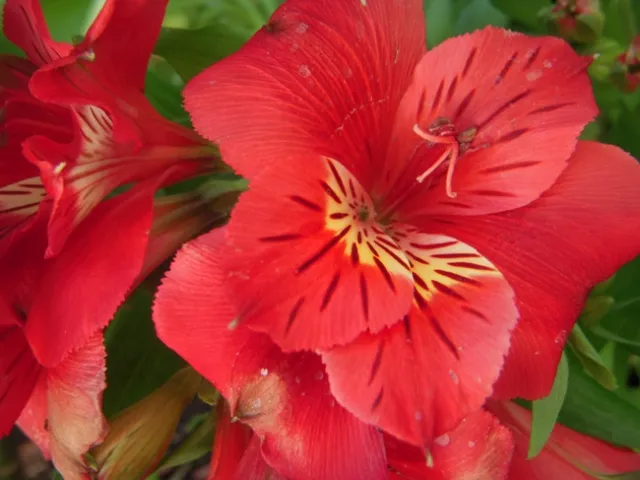
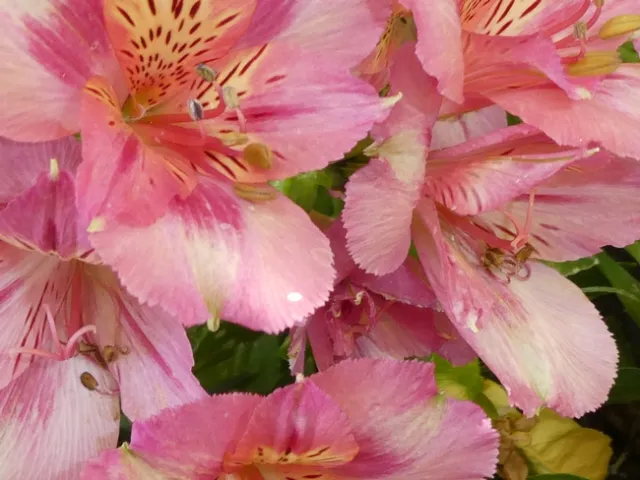
These plants are winter hardy in Zones 7-10, tolerating full to part sun with a preference for morning sun and afternoon shade. They truly thrive when provided shelter from the wind and well-drained moist soil. However, Alstroemerias also grow in clay. I know. Mine are planted in clay.
Flowers appear in loose clusters. Individual blooms are funnel-shaped, averaging two inches. Stems can reach up to 28" tall. The rule of thumb does not pick or cut the flower stem. Instead, yank the stem from its base, pulling straight up. You'll hear a “snap” or “pop” as the stem dislocates. Immediately place the stems in a vase, and you'll enjoy a long-lasting bouquet for almost two weeks. When deadheading, also remember to yank the stem, don't cut or pick it.
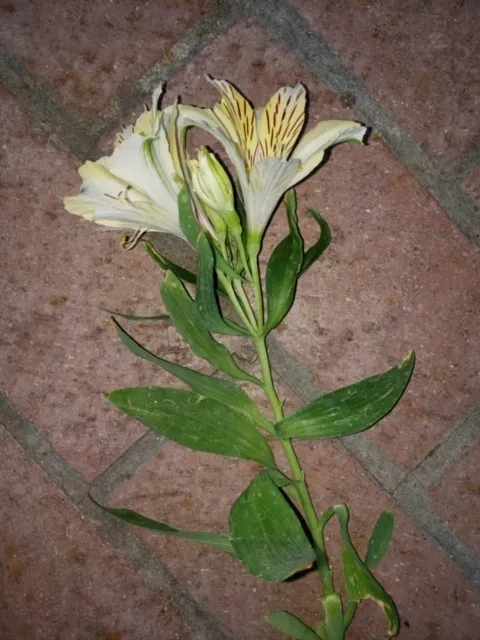
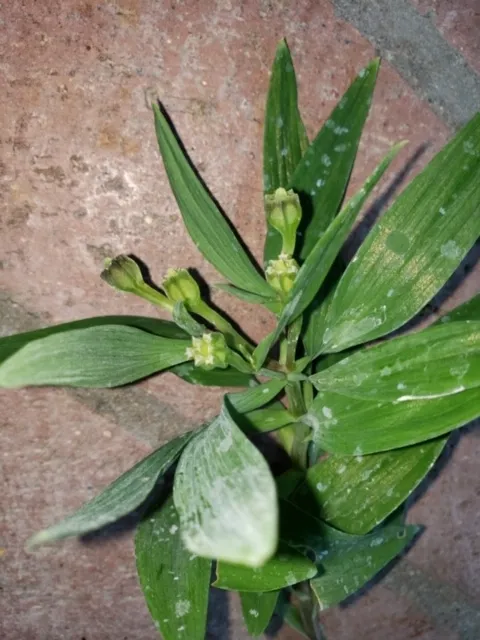
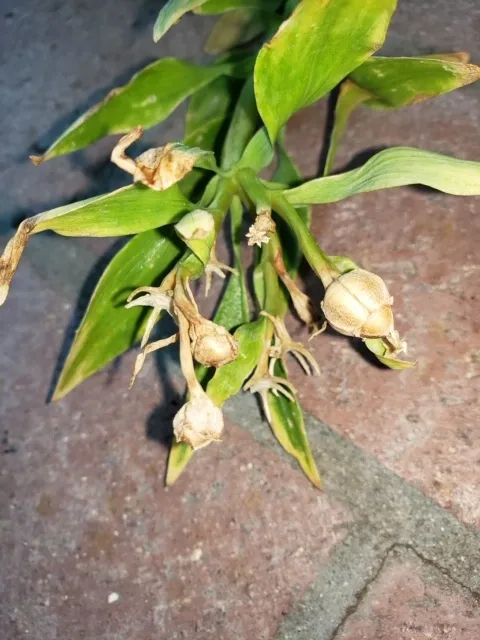
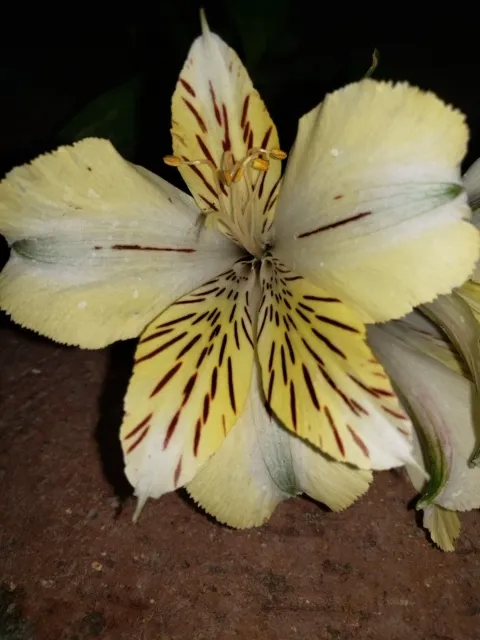
I've discovered that big box stores typically carry three colors of Alstroemerias: (1) Mauve Majesty (pink-purple-yellow with burgundy streaks), (2) Indiana Summer (copper-orange-yellow with dark burgundy streaks) and (3) Inticancha Antarctica (white with burgundy streaks). However, additional colors are also available ranging from greenish-pink to salmon and red and multiple combinations in between. You just have to search for them.

